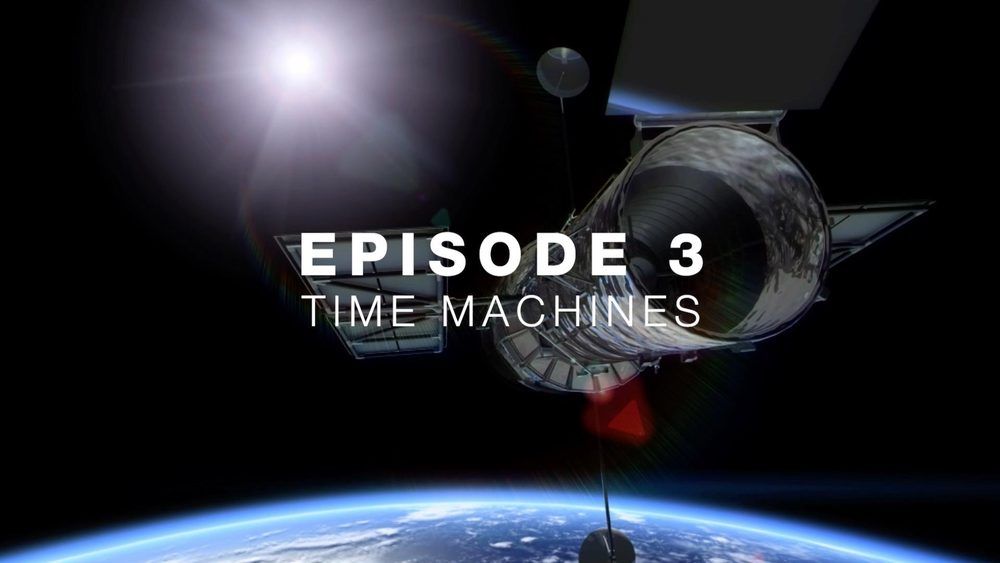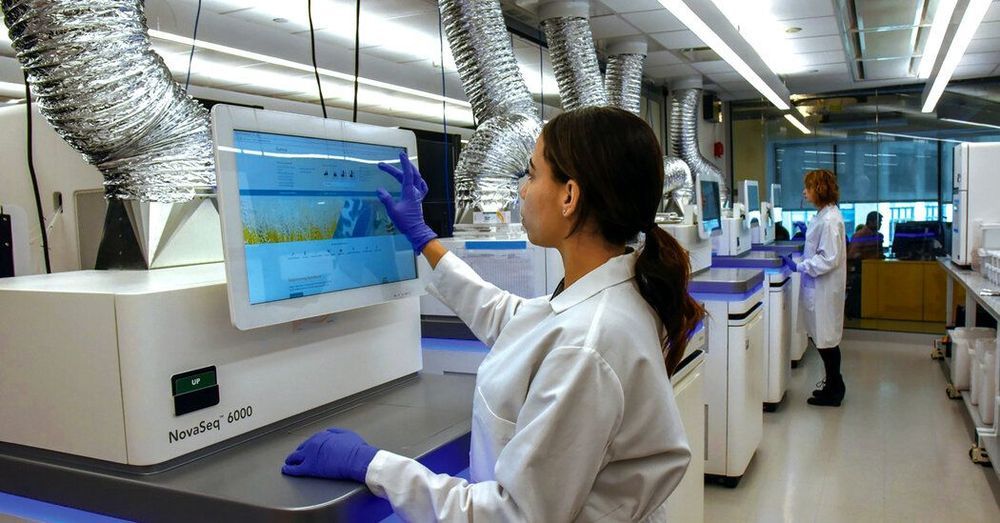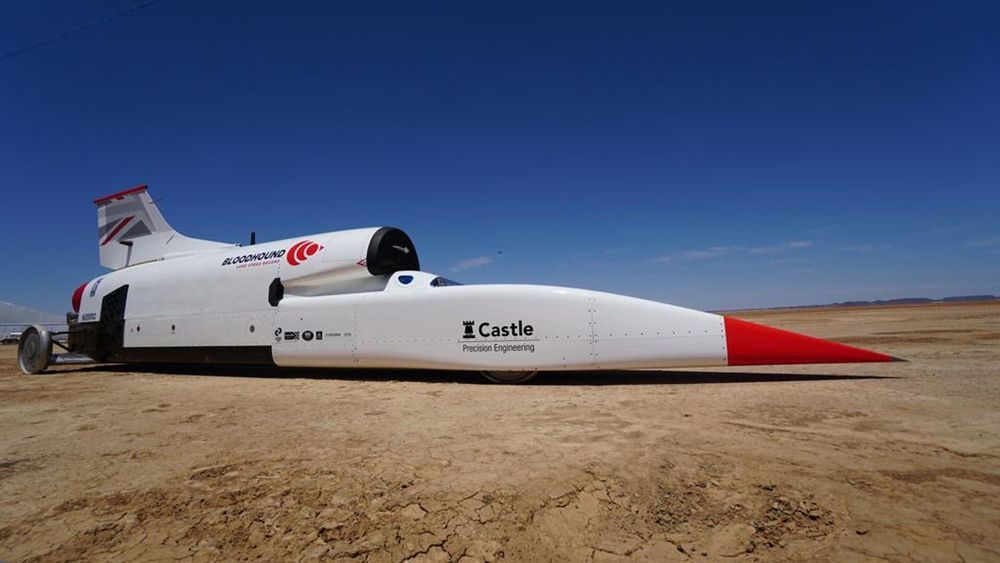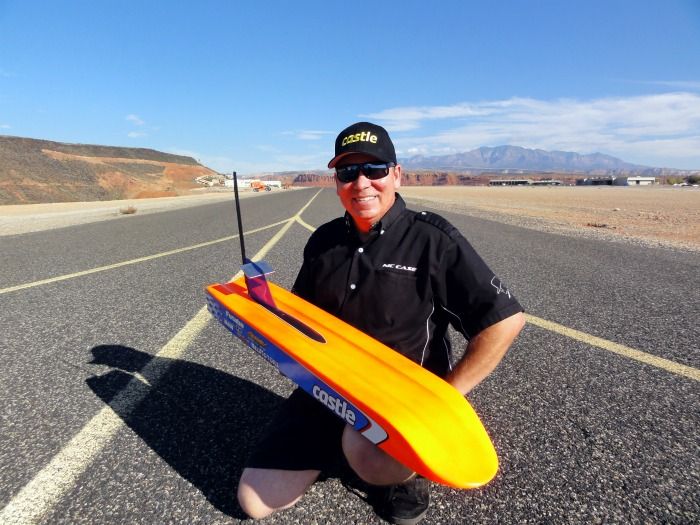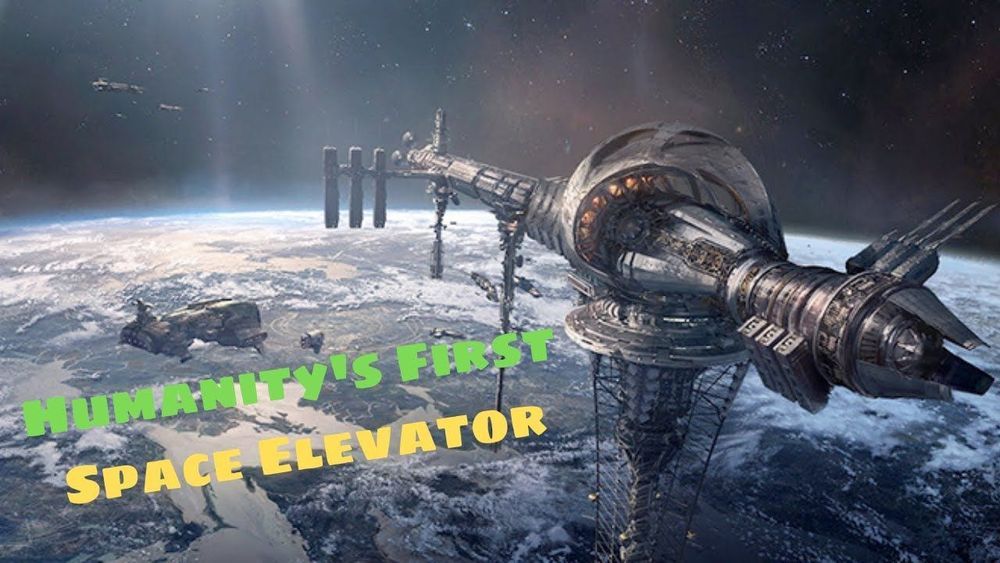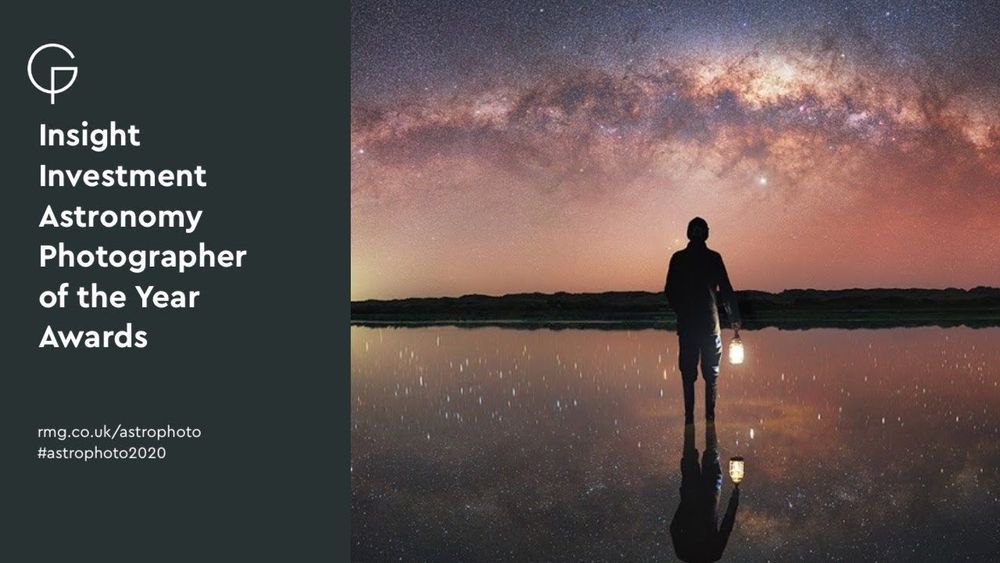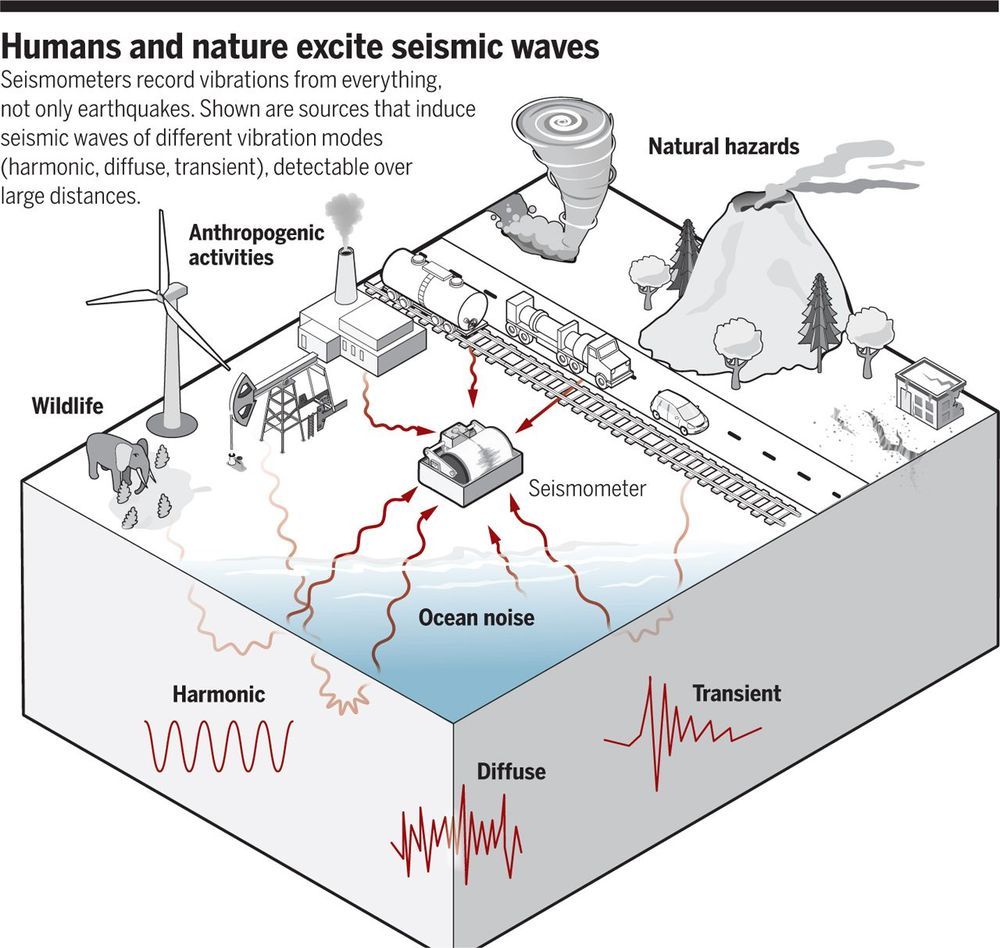
Our planet vibrates incessantly, sometimes with notable but more often with imperceptible intensity. Conventional seismology attempts to decipher vibrational sources and path effects by studying seismograms—records of vibrations measured with seismometers. In doing so, scientists seek either to understand the tectonic processes that lead to strong ground motions and earthquake failure (1) or to probe otherwise inaccessible planetary interiors (2). Progress in these areas of research typically has relied on the rare and geographically irregular occurrence of large earthquakes. However, anthropogenic (human) activities at Earth’s surface also generate seismic waves that instruments can detect over great distances. On page 1338 of this issue, Lecocq et al. (3) report on a quieting of anthropogenic vibrations since the start of the severe acute respiratory syndrome coronavirus 2 (SARS-CoV-2) pandemic.
http://www.sciencemag.org/about/science-licenses-journal-article-reuse
This is an article distributed under the terms of the Science Journals Default License.
